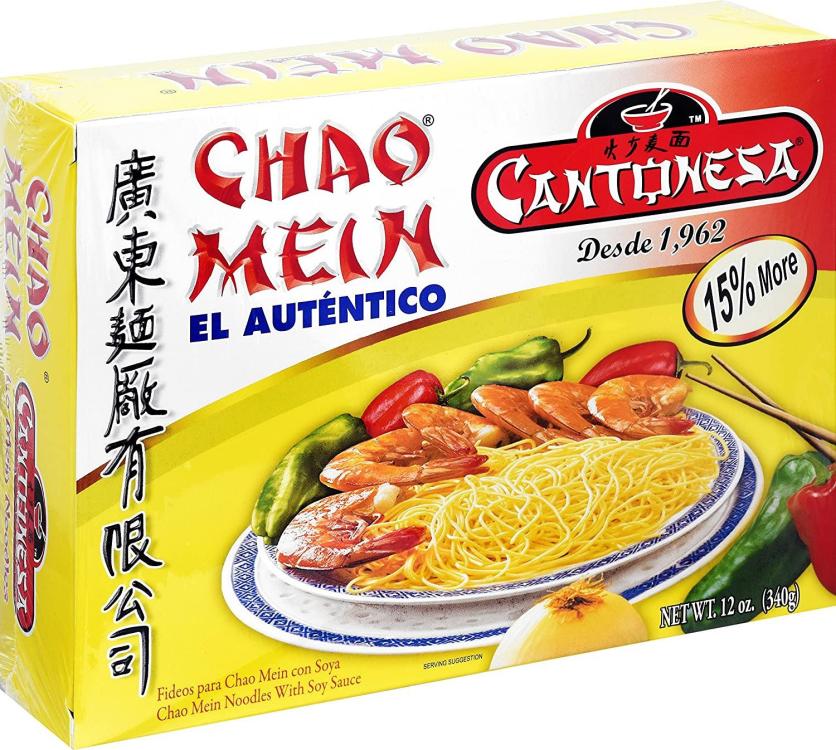I don't really have anything to add to what has already been said. Although chow mein was probably introduced to the USA by Cantonese speaking immigrants, they adapted to using local ingredients which were more easily available. The result in terms of the noodles was more akin to northern Chinese noodles. Lo mein and and chop suey ditto.
The wide variety of different chow meins around the world bears this out. Some of these bear zero resemblance to anything Chinese. It is against my principles to recommend anything from Wikipedia, but their article on chow mein, while containing some inaccuracies, does give a reasonable description of chow meins around the world.
What this is, I have no idea!
There is nothing surprising about this. Immigrants elsewhere from various parts of the world have taken their cuisine with them and modified it to local ingredients then to local tastes. Indian cuisine in Britain is often very different from that of India (often better, in fact) and features dishes unknown in India. In fact few Indian restaurants in Britain are actually Indian; they tend to be Bangladeshi or Pakistani. I remember reading somewhere (Bourdain?) that the majority of cooks in American Chinese restaurants are actually Mexican. Later generations of immigrants often shun restaurant work and seek more lucrative careers in medicine, law, finance and other professions. Same with Indian restaurants in the UK. You don't see British Prime Minister, Rishi Sunak dishing out chicken tandoori masala in the local curry shop!



